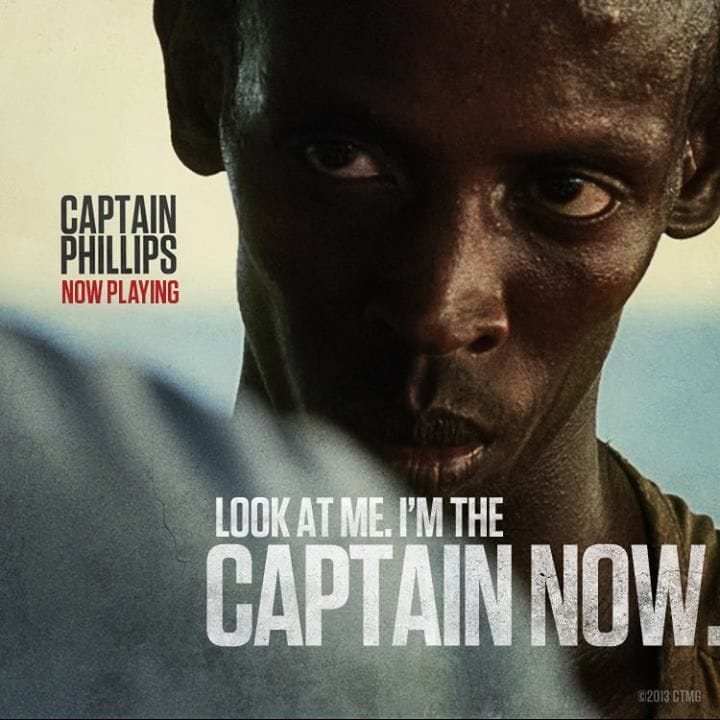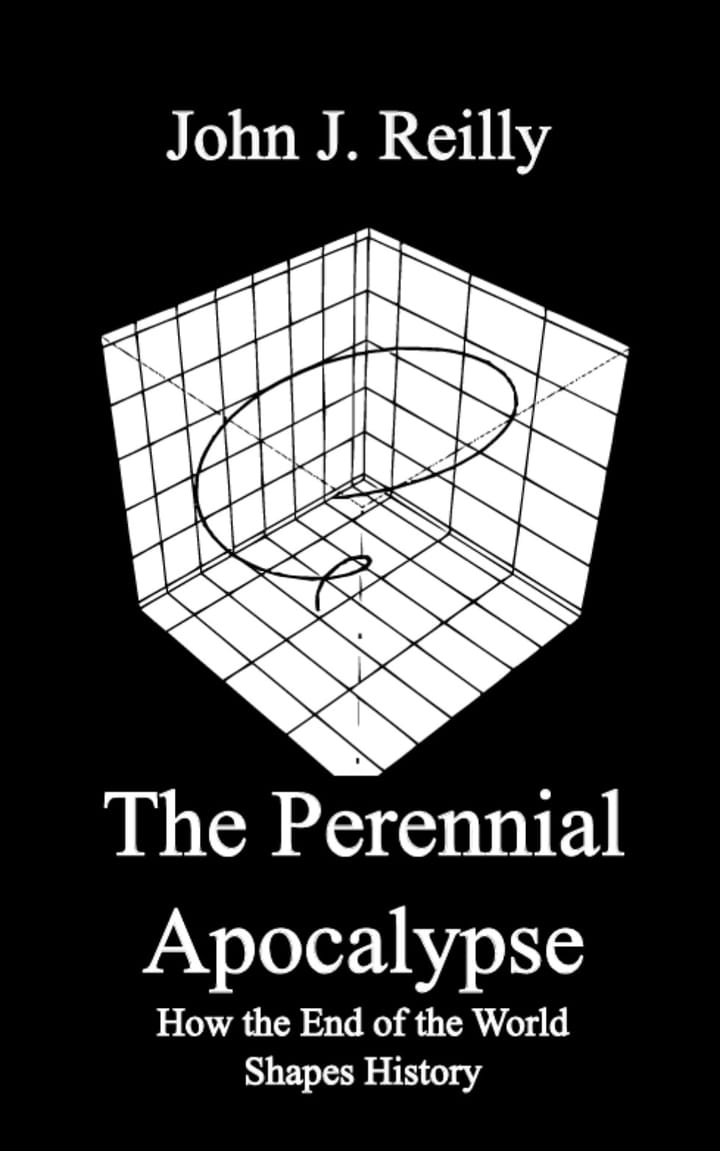The Long View: A Doomsday Reader: Prophets, Predictors, and Hucksters of Salvation

Order of the Solar Temple imitating Catholic ritual
I've said before that Freud was a Fraud. One concept of Freud's that may have predictive validity, projection, is featured in this book review.
A Doomsday Reader:
Prophets, Predictors, and Hucksters of Salvation
by Ted Daniels
New York University Press, 1999
253 Pages, $15.16
ISBN: 0-8147-1909-0
"Doomsday" can suggest a variety of things. Literally, the term means "Judgment Day," and in that sense it is familiar from Christian eschatology. However, without much stretching, the term is also an apt characterization for the role "the revolution" plays in the Marxist model of history. The fact that the present order of things is judged by "historical necessity," rather than by God, is inessential. In fact, this basic pattern of belief is familiar around the world and throughout history, though the mechanism that is supposed to bring about doomsday varies according to the local sense of the possible. The world we know is flawed, it will presently be destroyed, and it will be followed by a better one. This is the faith and the patience of the Saints, of Deep Ecologists, and of social revolutionaries alike.
"A Doomsday Reader" does not purport to cover the whole world, though it includes an overview of the role millennialism plays in the major world religions. Its stated goals are ambitious enough: to illustrate the modern role of "apocalypse in the West and its effects on our politics and our lives." The author is Ted Daniels, a folklorist at the University of Pennsylvania and the Director of the Millennium Watch Institute. The Institute is part of a network of organizations that have been monitoring what is loosely called "millennial fever" in the run-up to the year 2000. For instance, Dr. Daniels contemporaneously collected the popular rumors that began growing up about the Hale-Bopp Comet in late 1996. At the time, I wondered why he bothered. Then, in 1997, the Heaven's Gate cult committed mass suicide, motivated in part by these beliefs. Shows you what I know. (Nevertheless, I am mentioned in the Acknowledgments.)
The book consists of 11 brief "apocalyptic" texts of relatively recent vintage (none is earlier than the excerpt from "The Communist Manifesto"), prefaced by longer analytical essays that provide historical context. Many readers will find the final five chapters particularly useful. These deal with the major violent or suicidal groups of recent years whose beliefs incorporated a large apocalyptic element. Daniels does not attempt to devise a unified theory to explain the Branch Davidians, the Order of the Solar Temple, Aum Shinri Kyo, Heavens Gate and the Montana Freeman. Nevertheless, he does make what may turn out to be very useful observations about the dynamics of such groups. For instance, he suggests that the reason the Freeman eventually surrendered to the authorities, while the other groups either killed themselves or tried to kill everybody else, was simply that the Freeman lacked a charismatic leader.
Daniels offers a general Freudian interpretation of the leaders of destructive apocalyptic groups that may persuade even non-Freudians. In this view, such leaders are narcissistic personalities who understand, at some level, that they are deficient. However, rather than locating the deficiency in themselves, they project it onto the world. Thus, rather than trying to heal themselves, they seek to heal the world. In extreme cases, rather than try to kill themselves, they will try to kill the world. When many people come to share such a person's projections, then you have an apocalyptic movement. (Usage varies in the terminology, but a movement is often said to be specifically "millenarian" if it seeks to help create a future age quite different from the world we know, and "millennial" if it seeks a future that is better than but continuous with the past. An "apocalyptic movement" might be any drive for fundamental change based on a "revelation" of some sort.)
"A Doomsday Reader" is of far more than historical interest. Though the number of readings is small, they and the groups that produced them are nevertheless typical of quite durable apocalyptic traditions. This is particularly the case with the global conspiracy theories that the media have released from the subcultural subcellar in recent years. One version of them, the Jewish international conspiracy, runs through both "The Protocols of the Learned Elders of Zion" and "The Turner Diaries," which were written 80 years apart and excerpted for this collection. It is particularly illuminating to read this material in conjunction with the history of the Order of the Solar Temple, which really was a secret society that aspired to exert its influence internationally. The fact that the Order was not a rousing success did nothing to dampen the conviction among conspiracy buffs of the potency of such groups. Some bad ideas just don't go away.
This is not to say that all the characteristics of apocalyptic thinking are without value. Daniels notes that apocalyptic is often an expression of the desire for vengeance, a forum where the high and mighty are brought to answer for their malefactions. For my money, at least, he does a bit of it himself, by naming some smug secular organizations as apocalyptic actors. He caps his discussion of the anti-human wing of the ecology movement with the text of the "World Scientists' Warning to Humanity," issued by the Union of Concerned Scientists in 1992. As Daniels observes, this document does not request, but requires, dramatic changes in every area of life, everywhere, if total ecological calamity is to be avoided. Indeed, this Warning has the distinction of being the bossiest text in an anthology that also includes an excerpt from "Mein Kampf." We need more of this willingness to tell the educated that, when they are looking for millenarians, they can often forget about looking in trailer-parks and just look in the mirror.
"A Doomsday Reader" does have bloopers which should have been picked up by the editor. To pick a few nits, "chiliasm" is not a Greek cognate of "millenarism," but merely its equivalent in meaning. The pyramids of Egypt were not "rediscovered" by Napoleon's armies "at the beginning of the eighteenth century," or indeed at any other time. Hegel was far more likely to have been a major influence on Comte than the other way around, since Hegel was 28 years older. More seriously, while the statement, "Augustine surrendered the world to evil," might be defended, the defense would need to engage the widely held belief that Augustine is the father of the idea of progress. Finally, though I recognize the point is really beyond the scope of the book, the fact that Chinese cultural history is little concerned with "eschatology," in the sense of the final end of history, does not mean that it lacks a conspicuous millenarian element.
Still, these are minor blemishes. "A Doomsday Reader" is a groundbreaking book. Dr. Daniel's special forte has been the mastery of the Internet as a medium for research into popular culture. The references in this book do not simply tell you about what is happening in various apocalyptic subcultures, they give you the tools to go online and watch it happening yourself. Additionally, this book could have important implications for public policy. Its close analysis of the successes and failures that the authorities have had in dealing with apocalyptic groups may help to prevent more disasters like those we have seen in the 1990s. While we may not always find other people's ideas about the imminence of the new age plausible, the fact that they think this world is about to end usually means they have some real complaints against it. We should pay more attention in the 21st century.
Copyright © 1999 by John J. Reilly

A Doomsday Reader: Prophets, Predictors, and Hucksters of Salvation NYU Press



Comments ()